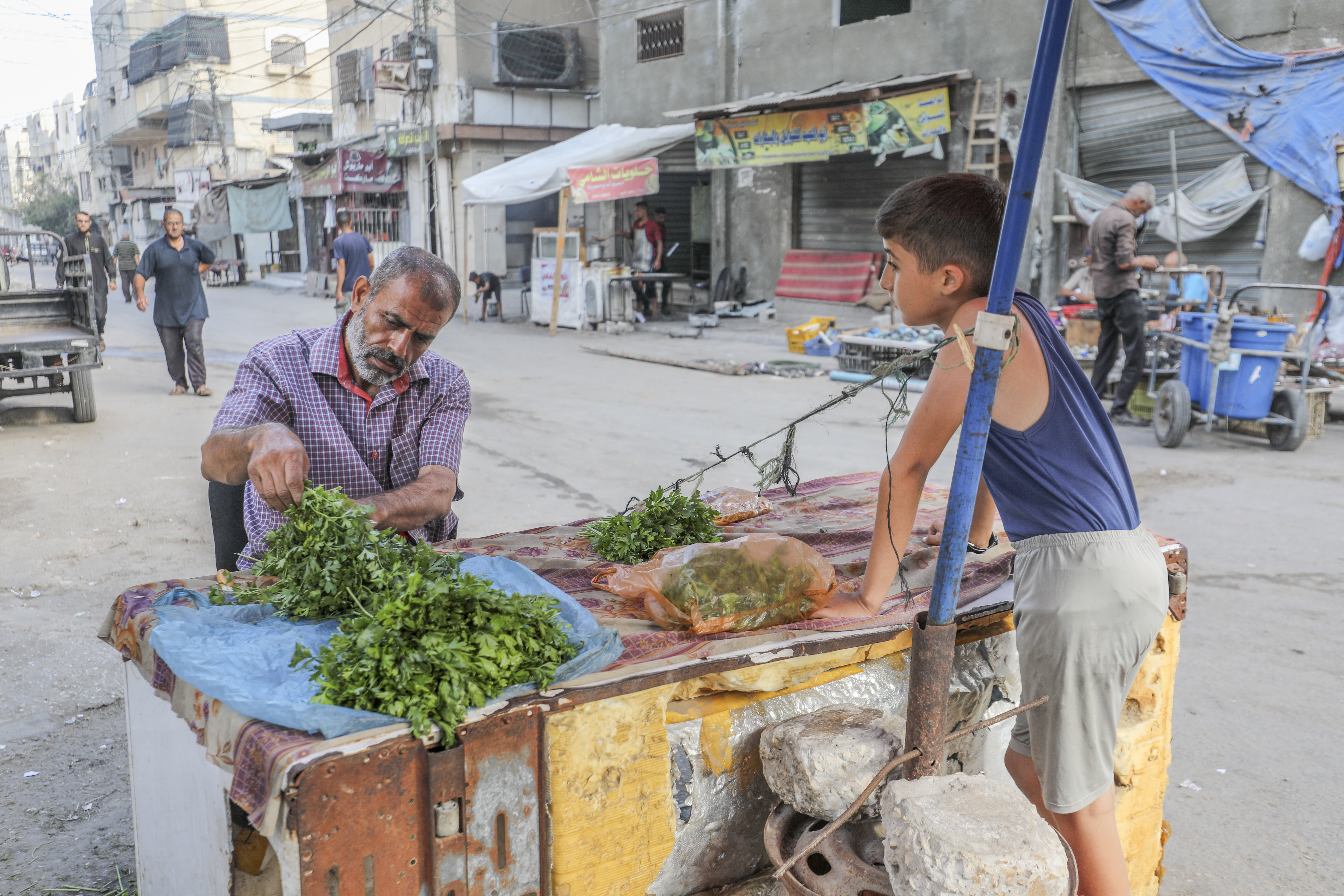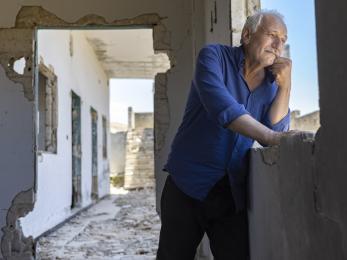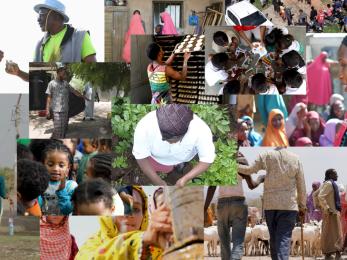Partnering with Cisco to tackle the world's toughest challenges
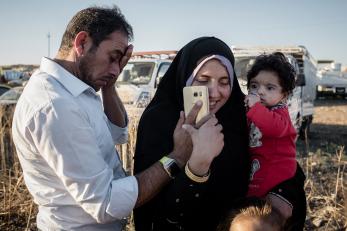
Technology has the potential to transform the way organizations like ours tackle the world’s toughest challenges.
With 65 million people forced from their homes in search of safety and a better life for their families, humanitarian and development organizations like Mercy Corps are stretched to our limits. At the same time this record number of people is on the move, technology advancements are breaking down geographic barriers and creating an inter-connectedness the likes of which the world has never seen before.
By partnering with other agencies and leading technology companies, we’ve already experimented with a number of innovative technology solutions to help people survive through crisis, build better lives and transform their communities for good.
But we know there is much more we can do. That’s why we are excited to announce that we are embarking on a new five-year initiative with leading global technology company Cisco. Together we hope to deliver aid and development assistance faster, better and to more people around the world.
While we have been able to leverage technology in a number of ways, many times prohibitive costs or limitations on our freedom to experiment mean that we aren’t always able to take advantage of the technology advancements that have the power to help us overcome the greatest challenges we face. Some of these challenges include:
- Protecting the sensitive data and personal information of the people we are helping.
- Efficiently identifying the most vulnerable people in need of assistance.
- Accurately tracking the distribution of aid such as cash, food, shelter or water, and then monitoring the impact of our programs.
- Providing accurate and real-time information to refugees who are on the move or starting a new life in a new community.
We already have a strong, long-standing partnership with Cisco, working together since 2007 to respond to natural disasters and support the economic development of communities around the globe, with a focus on using technology for good. Now, building on the history of our partnership, we believe we can look to the power of technology once more to address some of the challenges we continue to face. In the coming years, we aim to impact more than 11 million people through the integration of digital solutions into our programs. Cisco will provide a mix of cash, products and technological expertise that will help our teams use advanced analytical tools to drive faster and more precise decisions, while ensuring sensitive data is kept secure and private.
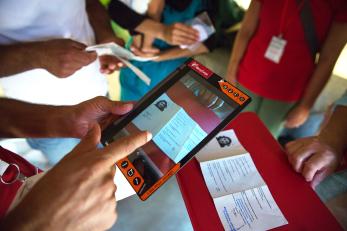
Some of the key initiatives we’re excited to undertake include creating an ecosystem of digital solutions to better manage beneficiary information, improving the speed of aid delivery, and developing new digital information channels and platforms that encourage 2-way communication and community participation and cohesion.
Past partnerships have successfully helped us address pressing issues for the communities we support around the world. For example, partnering with Google and International Rescue Committee we built a multilingual website and mobile platform for refugees called Refugee.Info. The site provides refugees with localized critical information such as maps, emergency contacts, asylum information, food and shelter logistics, and legal contacts. Cisco Foundation was an early supporter of this as well, deploying staff to establish wi-fi connectivity in camps throughout Greece to ensure refugees are able to access Refugee.Info and maintain connection with families and loved ones.
We also worked with Google, ThoughtWorks and UNHCR to develop an app to help humanitarian workers translate important messages into refugees’ native languages, including Arabic, Farsi and Pashto. By downloading the app, workers now can ask critical questions like “Have you received medical care?” and “Do you need somewhere to stay tonight?”
And in countries like Indonesia, Uganda and Kenya we have enabled smallholder farmers to use their mobile devices to access global markets and financial services – for example, to see weather predictions or global market prices to help determine what price they can sell their crops for, and to make insurance payments without visiting a bank.
Through our partnership with Cisco, we now hope to go a step further, leveraging the power of technology to tackle increasingly complex challenges, and ultimately deliver aid better and faster.
So what could this work look like?
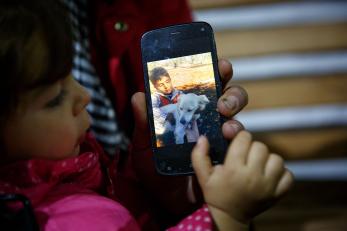
Many humanitarian organizations are collecting personal information in writing or on spreadsheets before being able to provide aid. What if we could leverage existing technology to more quickly get this information, like verifying and authenticating identity simply by reading a thumbprint?
What if we had a better way of knowing in advance who is arriving at a refugee intake site, and what kind of assistance they will need as soon as they arrive so that we could be better prepared to accommodate them?
What if we had a network that was more open and programmable, so that we could create hyper-local mobile platforms communities could use to share emergency warnings, find services and access vital information on employment and education opportunities?
These are just a few examples of the exciting possibilities we see in our partnership with Cisco. We believe this partnership will not only to help our teams and the communities we are working with, but also the broader humanitarian and development sector. Stay tuned for more as our partnership gets underway!
